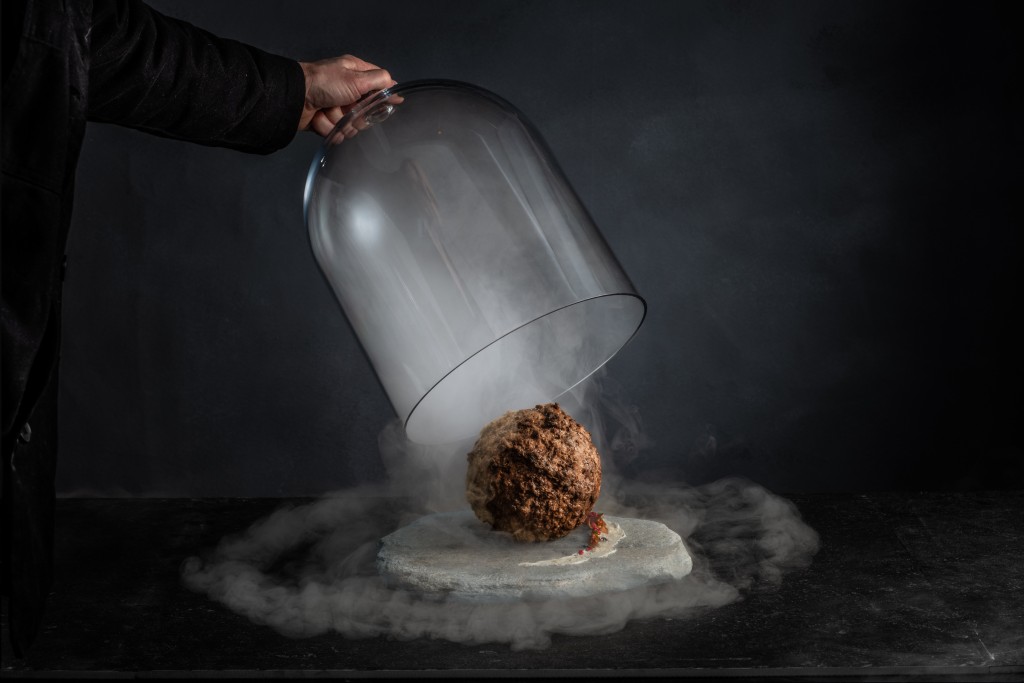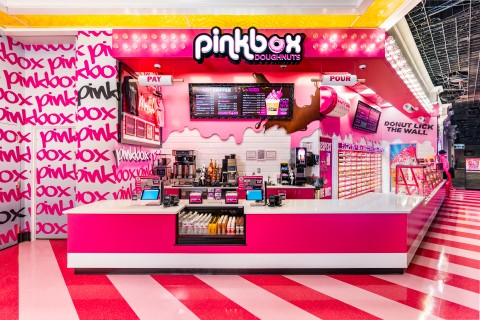Consumers’ experiences of flavour will be hurtled into unfamiliar realms in the new year, as brands and product developers explore new tech-fuelled possibilities. However, while the excitement of a tech-driven tomorrow beckons, it is essential for brands to remember that their consumers will only want to take a limited degree of risk when it comes to their (ever shrinking) grocery and dining spend. The magic formula will be in presenting novel ingredients in conventional formats, or using familiar flavours in surprising ways.
This piece highlights three future-facing trends shaping flavour and ingredient advancements in the year ahead, and beyond.
Trend 1: The AI Food Revolution
Artificial intelligence (AI) across the food & beverage market was valued at $7bn in 2023, and is set to reach $35bn by 2028 – and it’s already solving myriad food challenges. As we head into 2024, AI is becoming an indispensable ally for product developers, brands and home cooks alike.
Looking forward, the AI toolbox will play a major role in finding solutions to sustainability concerns. You can already see this in action with French dairy giant Bel Group and AI start-up Climax Foods, which are conjuring plant-based dairy alternatives that rival the genuine article’s desirable taste and texture. When it comes to home cooks, AI could be used to enhance and improve everyday routines and rituals. Seergrills’ AI-powered grill already cooks the perfect steak in two minutes, making it an efficient and satisfying addition to the consumer’s culinary arsenal.
AI’s potential within the food & beverage world doesn’t stop there. In 2024, expect to see it employed in the fight against food waste as a tool to authenticate ingredients and ensure food safety.
Importantly, creative brands should see AI as a collaborative tool, as it brings exciting opportunities for product developers, creative strategists and even packaging designers to come together to create unprecedented outcomes.
Trend 2: Extreme Edibles
Thanks to extraordinary leaps in science and tech, tomorrow’s menu will be unpredictable, inventive and provocative. To this end, sometimes it pays to look back to look forward.
Enter the age of ‘woolly mammoth meatballs’, which are produced in a lab using protein extracts from the extinct species. While these edibles may not appeal to all consumer palates, those wishing to experience novel ingredients and flavours will be thrilled to try this type of rare delicacy. Which other extinct species will be next on the menu? Will dodo burgers soon be a Deliveroo order away?
Although these cutting-edge developments are certain to keep product developers on their toes, it’s imperative for all players here to keep their moral compasses in check. Ethics, values and eco-alignment must always play core roles in new product development.
Next year, we must also pay close attention to climate-threatened ingredients that need to be future-proofed. To this end, consumers may need to stretch their taste preferences towards new and overlooked edibles. For instance, crops that can survive under conditions of extreme heat might become our go-to ingredients for meals and snacks, and we may need to train ourselves to enjoy alternative wines that use climate-hardy grapes.
Whether you’re a brand operating in the food and drink space or beyond, the availability and integrity of ingredients will be something you cannot ignore as we move forward – but this in itself brings countless opportunities to satisfy consumer desire for novel taste experiences. So embrace the changes ahead.
Trend 3: The Considered Consumer
The consumer of 2024 faces tempestuous financial times, which will call for a nuanced reconsideration of spend when it comes to groceries and dining. The very real fear, of course, is that concerns over affordability will become more front-of-mind than concerns around sustainability, nudging individuals to look after their pockets, but not the environment.
Brands have the power to empower individuals to adhere to both their ethical and financial priorities with values-driven product lines that are also good value. Unfortunately, we don’t see enough of this type of innovation on-shelf.
Providing a modicum of joy in troubled times, levelled-up micro-treats are appealing to the cost-conscious consumer as they seek a moment of indulgence and escapism within the framework of an otherwise conservative ‘basket spend’. Happily, own-brand and private-label products from budget and high-end supermarkets alike are providing plenty of opportunities for moderated indulgence that doesn’t break the bank. Think crispy, crunchy, popcorn-infused chocolate slabs, and luxury puddings that bring charm and artistry to the festive meal.
For brands operating at a premium level, monied consumers are also keen to splurge on decadent food and drink products that tick the ethical and eco boxes. Yet, there is still room for higher-end brands to make themselves more accessible to a wider group of consumers with diffusion lines, competitive pricing, and even limited-edition collaborations that provide a fun entry point into the brand itself.
Article by Mandy Saven, content director at trends and insights experts Stylus.







